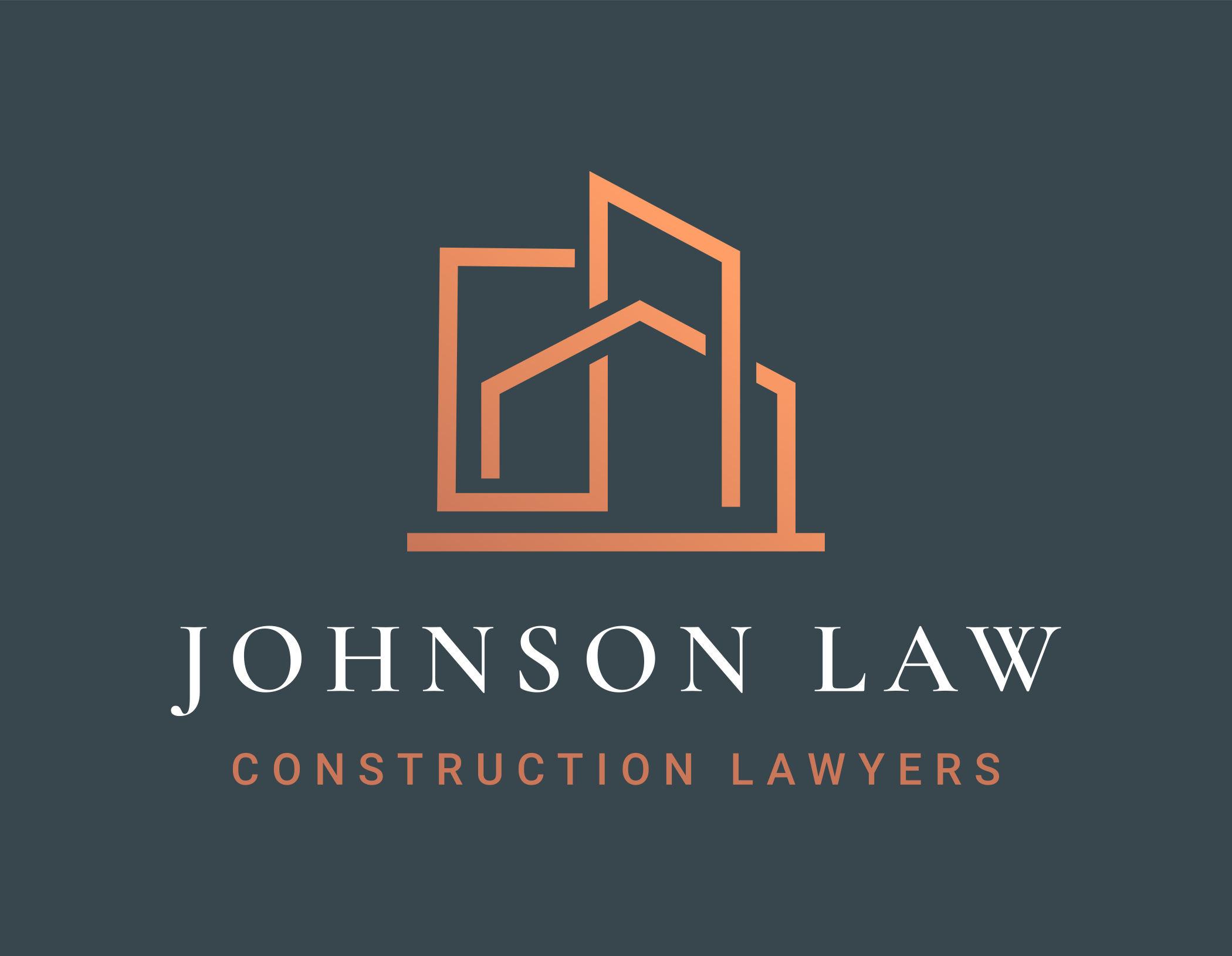Anyone driving around downtown Denver can see the multiple cranes dotting the skyline. Construction is booming in Colorado as people are moving to this beautiful state. Rents are increasing and opportunities to purchase starter homes are dwindling. As luxury apartments continue being developed throughout the metro area, some argue there is a shortage of affordable options of single-family homes and townhomes for young professionals and families.
One common question many people have is: Are developers building apartments to only later sell those apartments as condos in an effort to avoid Colorado’s Construction Defect Action Reform Act (“CDARA”)?
On its face this may appear to be a legitimate business approach to avoiding construction defect litigation, but such approach presents many complex issues that have yet to be determined.
The Statute of Limitations requires a homeowner to bring claims against a construction professional within two years of the physical manifestations of a construction defect. Colorado’s Statute of Repose establishes that construction defect claims cannot be brought more than six years after substantial completion of the improvement. One exception is if the construction defect is discovered in the fifth or sixth year, the State of Repose is extended by two years from the date of discovery.
In theory, a Developer can build residential units and hold on to them until the State of Repose runs, which would effectively time-bar any claims for deficient construction. Once the Statute of Repose expires, some may argue the Developer can then sell the units without the liability of potential construction defect claims by future homeowners.
However, a Developer must take careful consideration with this approach. Does the project have adequate funds available for repairing and replacing various building components such as windows, doors, and other common elements? Has the Developer set aside any funds during the first six years for general maintenance and capital improvements once a homeowners’ association is formed and takes over? How would a rental apartment turned into an owner-occupied condominium affect market prices in both rental and real estate markets?
How does retaining ownership to avoid construction defect claims compare with the prohibition of using the State of Limitations as a defense by a person who is in possession and control of the improvement that causes damage to property? What disclosures will the Developer need to make to future homeowners for repairs that were made to the building, unit, or common elements during the Developer’s ownership?
These questions and others present difficult issues to consider for Developers who seek to avoid liability under the CDARA. The easiest and best way to avoid construction defect litigation is to build a good product and address any problems early and completely.
If you have questions about your home, please call the lawyers at Johnson Law for a consultation on the facts specific to your case.
